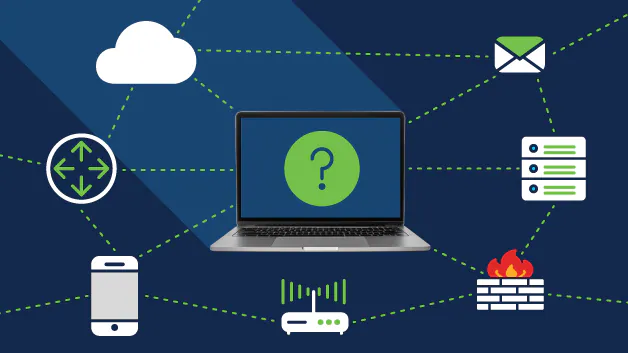Network security tools are essential for protecting digital infrastructures from threats such as cyberattacks, data breaches, and unauthorized access. They play a critical role in safeguarding sensitive information and maintaining the integrity of network systems. However, despite their importance, these tools come with their own set of drawbacks. Understanding these limitations is crucial for organizations to effectively manage their network security and address potential vulnerabilities.
High Costs and Resource Demands
One of the primary drawbacks of network security tools is the high cost associated with their acquisition, implementation, and maintenance. Advanced security solutions often require substantial financial investment, which can be a significant burden for smaller organizations or those with limited budgets. Beyond the initial purchase, ongoing costs include subscription fees, updates, and patches, as well as the need for specialized personnel to manage and operate the tools effectively. Additionally, network security tools can be resource-intensive, demanding significant computational power and network bandwidth, which can impact the overall performance of the system and increase operational costs.
Complexity and Management Challenges
Network security tools can be complex and require a high level of expertise to configure and manage. Many tools offer a wide range of features and settings, which can create a steep learning curve for IT staff. This complexity can lead to configuration errors or mismanagement, potentially leaving the network vulnerable to attacks. Furthermore, the integration of multiple security tools from different vendors can create compatibility issues and make management more challenging. The need for continuous monitoring and fine-tuning adds to the administrative burden, and organizations may struggle to maintain an effective security posture amidst these complexities.
False Positives and Alert Fatigue
Another significant drawback of network security tools is the issue of false positives and alert fatigue. Security tools, such as intrusion detection systems (IDS) and security information and event management (SIEM) systems, often generate a high volume of alerts and notifications. While these alerts are designed to identify potential threats, many of them may be false positives, indicating non-threatening activities as security risks. The overwhelming number of alerts can lead to alert fatigue, where security personnel become desensitized to the constant stream of notifications, potentially causing them to overlook or dismiss genuine threats. Managing and responding to false positives requires additional time and resources, which can detract from the overall effectiveness of the security tools.
Potential for Evasion and Adaptation
Network security tools are not infallible and can be circumvented by sophisticated attackers. As cyber threats evolve, attackers develop new techniques to evade detection and bypass security measures. For instance, advanced malware may use encryption or polymorphic techniques to avoid being detected by traditional antivirus programs. Similarly, attackers may employ tactics such as social engineering or zero-day exploits to exploit vulnerabilities that are not yet addressed by existing security tools. The constant evolution of threats necessitates regular updates and improvements to security tools, but even with these measures, no tool can provide absolute protection against all forms of cyberattacks.
Impact on Network Performance
The deployment of network security tools can have a noticeable impact on network performance. Security solutions, such as firewalls, encryption protocols, and intrusion prevention systems (IPS), often introduce additional processing overhead and latency. This can result in slower network speeds, increased latency, and reduced overall performance. In high-traffic environments or where real-time data processing is critical, the performance impact of security tools can be particularly pronounced. Balancing the need for robust security with maintaining optimal network performance requires careful planning and optimization.
Dependency and Over-Reliance
Organizations may become overly reliant on network security tools, leading to a false sense of security. While these tools are essential for detecting and mitigating threats, they should not be considered a panacea for all security issues. Over-reliance on automated tools can result in neglecting other important aspects of security, such as employee training, security policies, and incident response planning. Effective network security requires a multi-layered approach that includes both technological solutions and human factors. Focusing exclusively on security tools without addressing other elements of a comprehensive security strategy can leave organizations vulnerable to attacks.
Conclusion
Network security tools are indispensable for protecting digital infrastructures, but they are not without their drawbacks. High costs, complexity, false positives, evasion potential, performance impacts, and over-reliance are significant challenges associated with these tools. Understanding these limitations is crucial for organizations to effectively manage their network security and implement a balanced approach that addresses both technological and human factors. By acknowledging and addressing these drawbacks, organizations can better safeguard their networks and enhance their overall security posture.



